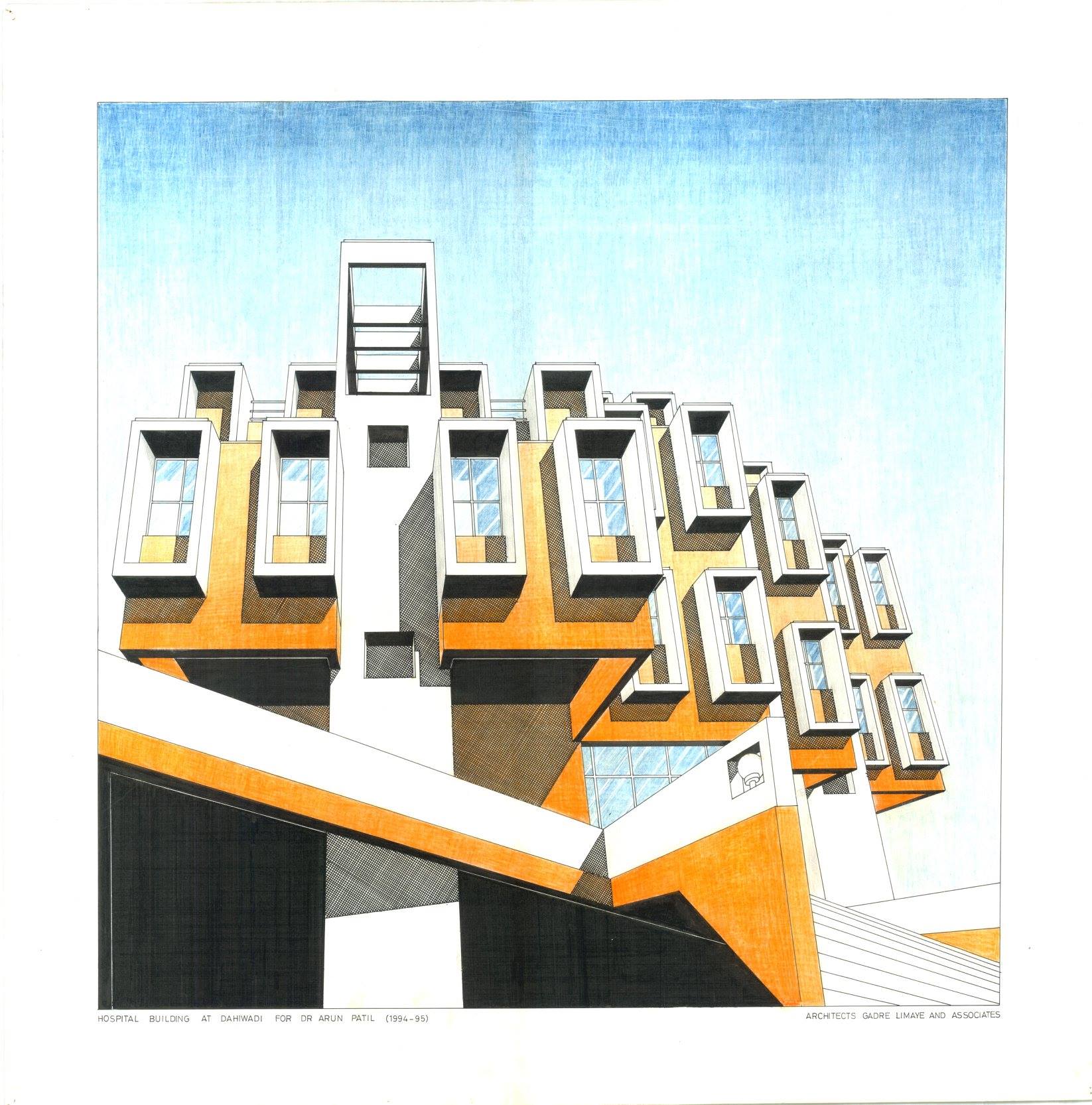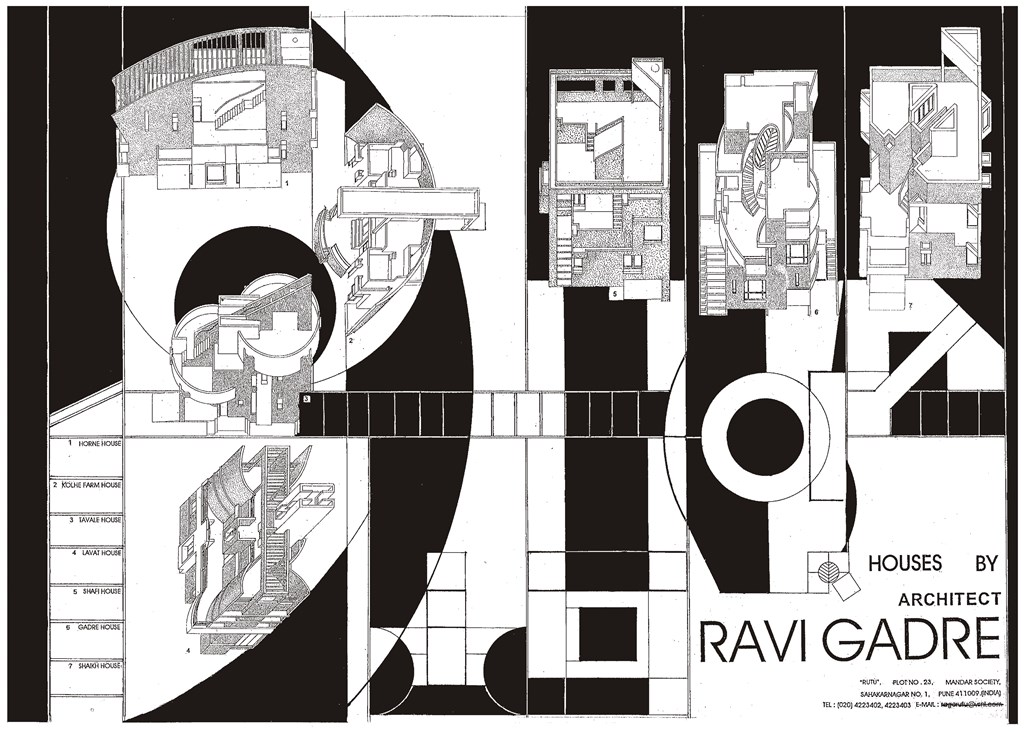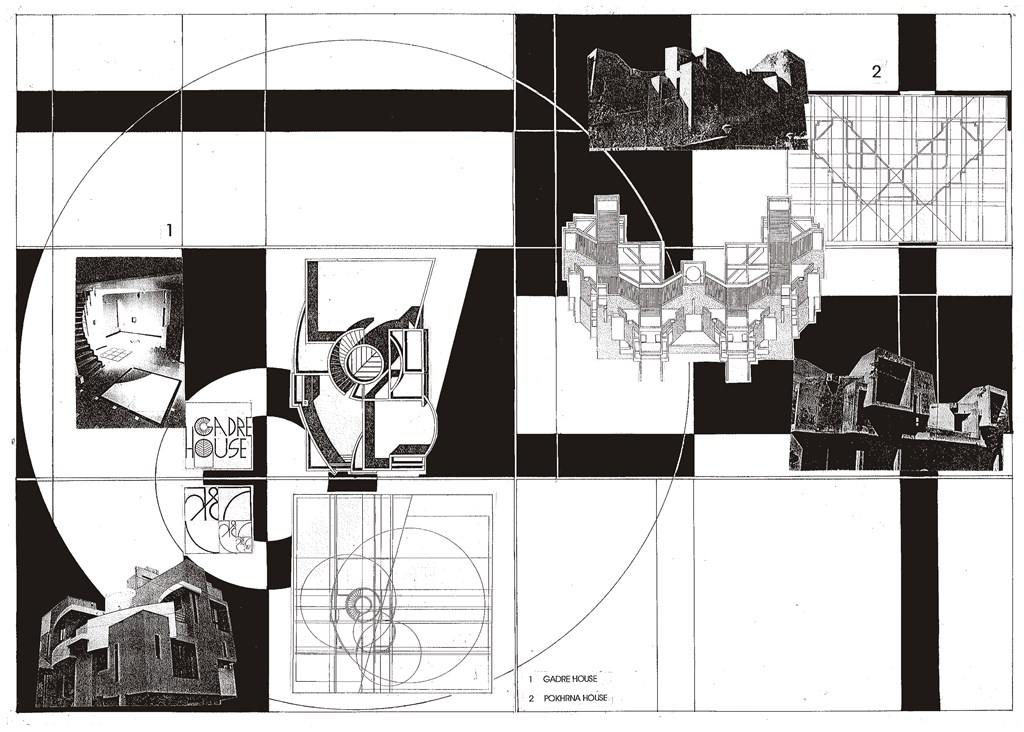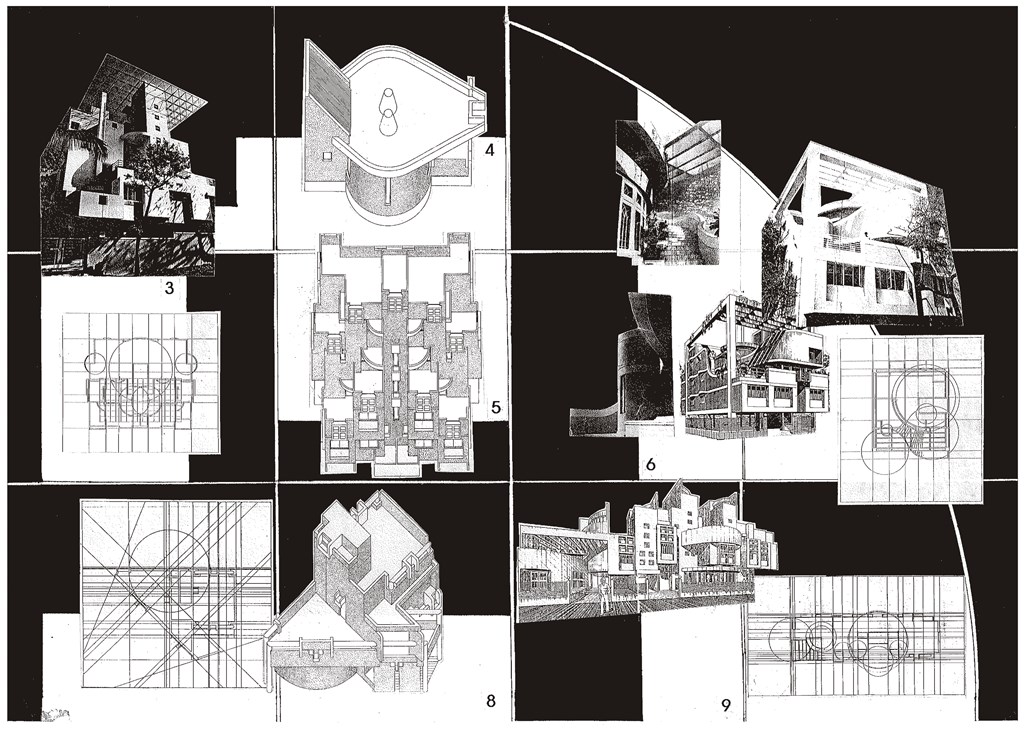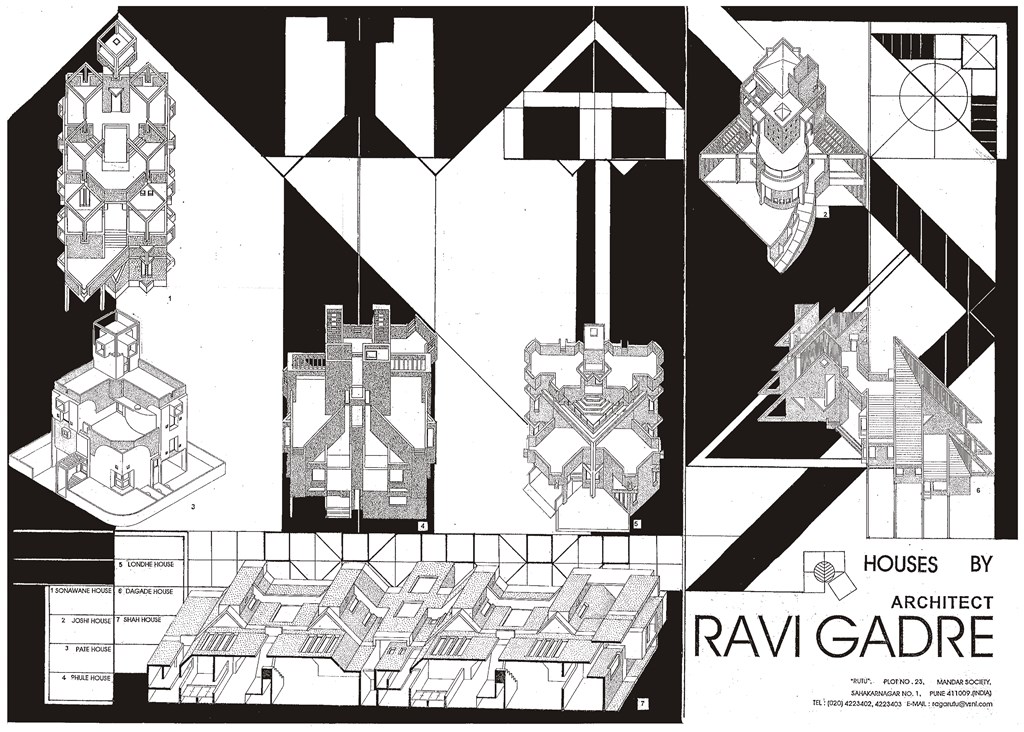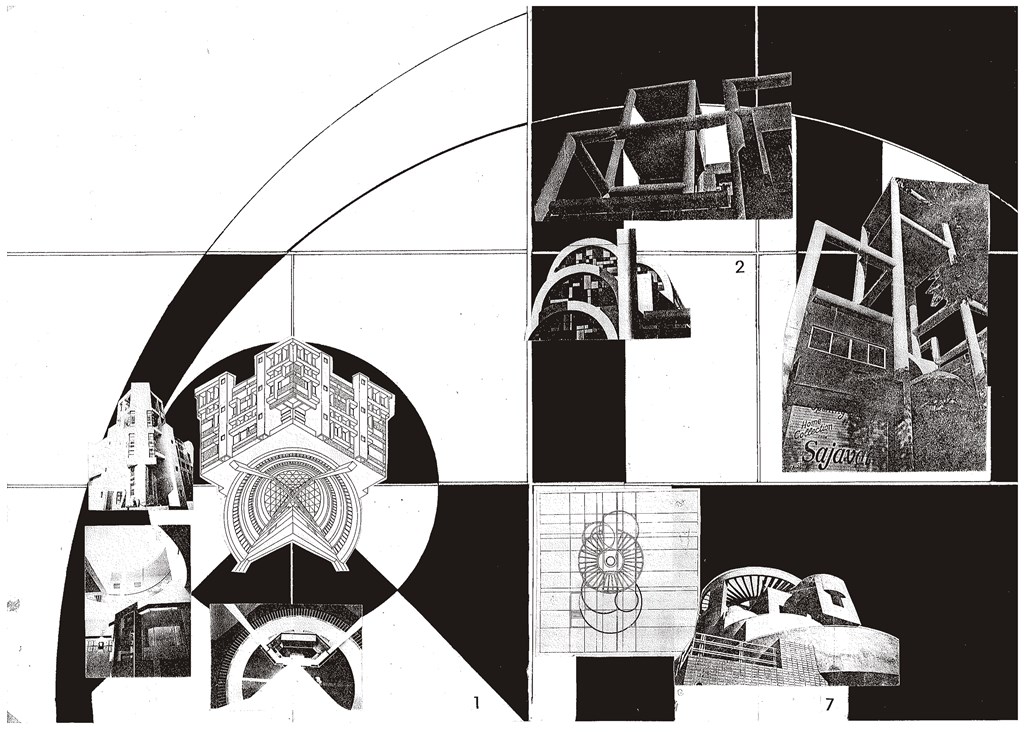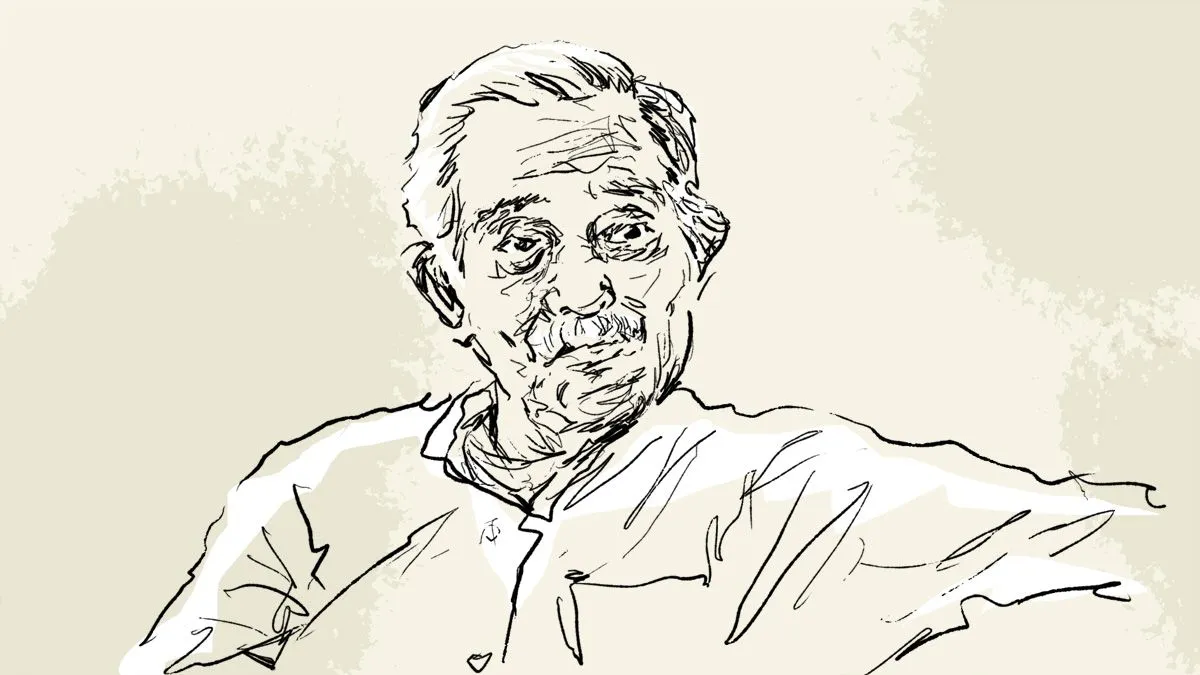Ravi Gadre – an architect based in Pune – takes architectural drawings to a different level, where every line represents the myriad of emotion that the architect puts in his designs. Gadre is not only known for his designs, but also for his hand-drawn architectural drawings. For him, architecture doesn’t stop at the completion of buildings – it starts, in fact, with the sketches and drawings of the completed buildings.
He has maintained in the 80s a ritual of gifting framed sketches of the completed buildings to his clients at the inauguration (but could not continue doing so in the present due to paucity of time). Keen to keep the alive the spirit of artistic expression, he encourages young architects and interns in his office to draw and sketch as much as possible.
In his own words:
It is false that drawings are merely a reflection or representation of buildings. They are much beyond that. Through my drawings and sketches, I convey the feelings and emotions not only of the architect, but also of the client and users, sometimes.
Black and White Drawings:

